When it comes to gardening practices, there’s a technique that harks back to centuries-old wisdom and combines simplicity with eco-friendliness – the olla. Pronounced “oy-yah,” this method of irrigation uses unglazed clay pots buried in the soil to deliver water to the plant roots, and has been used by various civilizations throughout history, from the ancient Greeks to indigenous peoples in the American Southwest.
Nowadays, they’ve earned their place as a valuable tool in modern gardening, offering a unique approach to efficient watering and nurturing thriving, water-conserving gardens.
Benefits Of Ollas
1. Water Efficiency
Ollas are unrivaled in their water-saving capabilities. By burying these clay pots in your garden soil, you create a subterranean reservoir. Water slowly seeps from the olla’s porous walls directly to the root zones of your plants, minimizing evaporation and water wastage.
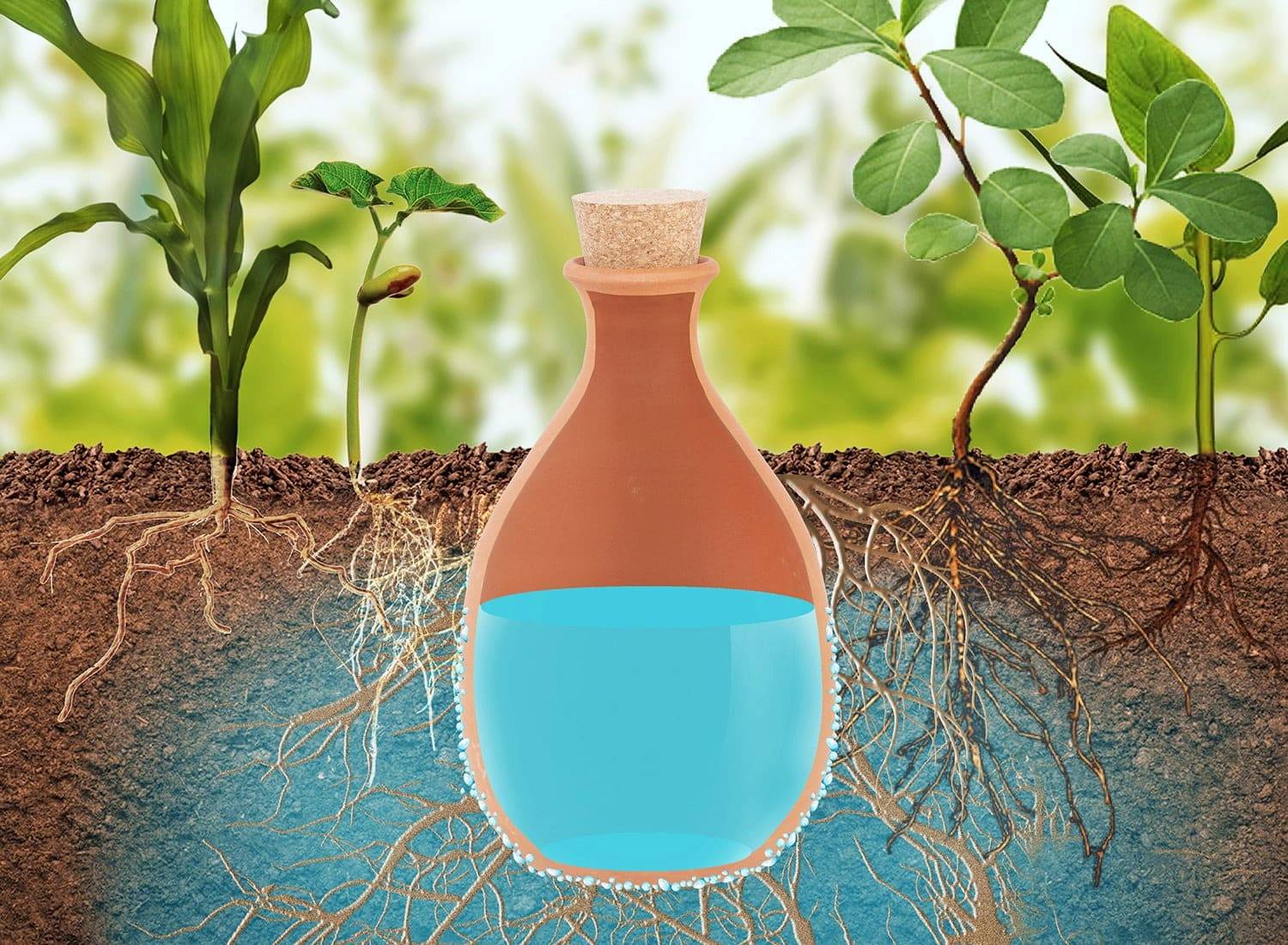
2. Consistent Moisture
Ollas provide a steady source of moisture, which is a crucial component for plants’ growth. They ensure the roots are consistently hydrated, reducing the risk of over or underwatering.
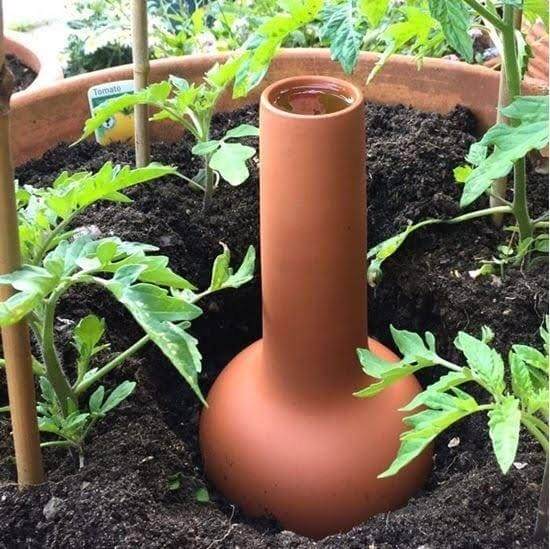
3. Self-Regulating
One of the remarkable qualities of ollas is their self-regulating nature. As soil moisture decreases, water is drawn from the olla to the surrounding roots. Conversely, when the soil is sufficiently moist, the olla stops releasing water. This system is a lifesaver for forgetful or time-strapped gardeners.
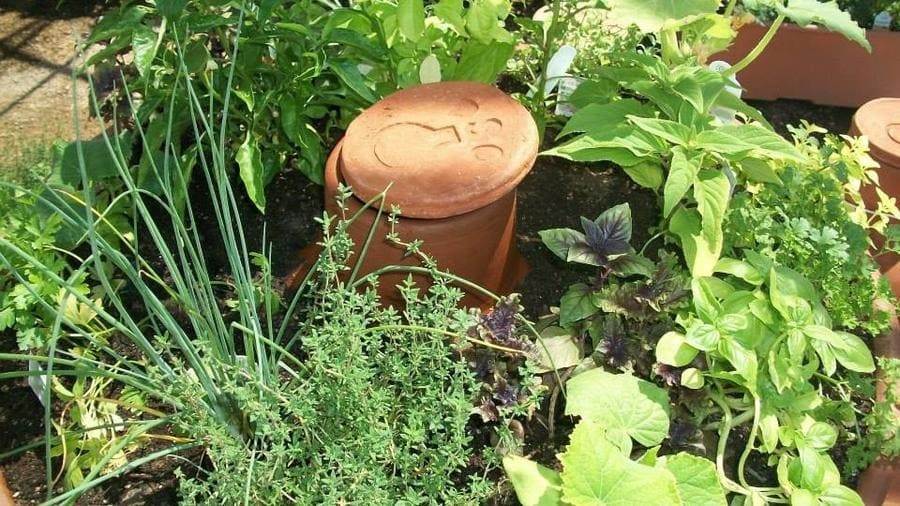
4. Reduced Weeding
Weeds need moisture and sunlight to germinate and grow, but olla irrigation deprives them of both. Ollas water directly to the root zones, leaving the soil surface drier. This deters weed growth, saving you time and energy in weed control.
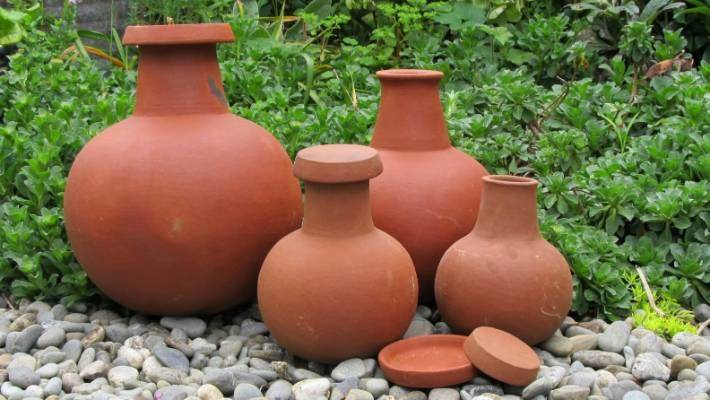
5. Healthier Plants
With consistent, root-level hydration, plants are better equipped to withstand dry spells and resist stressors. This often leads to more robust, healthier crops. Plus, it can also prevent water stress, which can affect plant growth and quality.
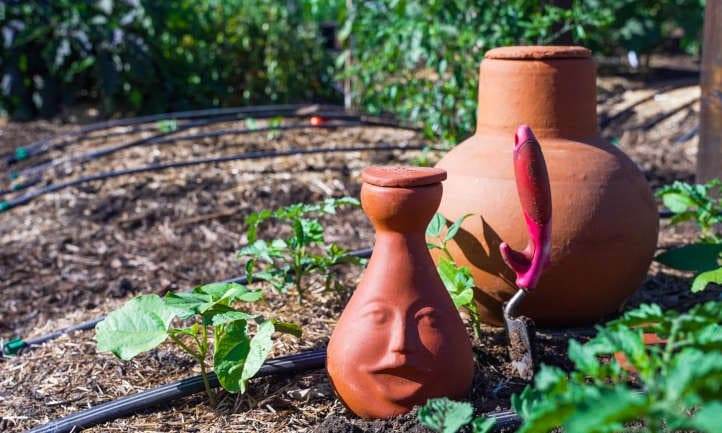
Water stress occurs when plants do not receive sufficient water or receive too much water at once. Olla irrigation avoids both of these problems by releasing water gradually and evenly to the soil, according to the plant’s needs.
6. Environmentally Friendly
Ollas reduce water waste and promote water conservation, which is an eco-friendly practice. Their simple design also makes them an environmentally conscious choice for irrigation.
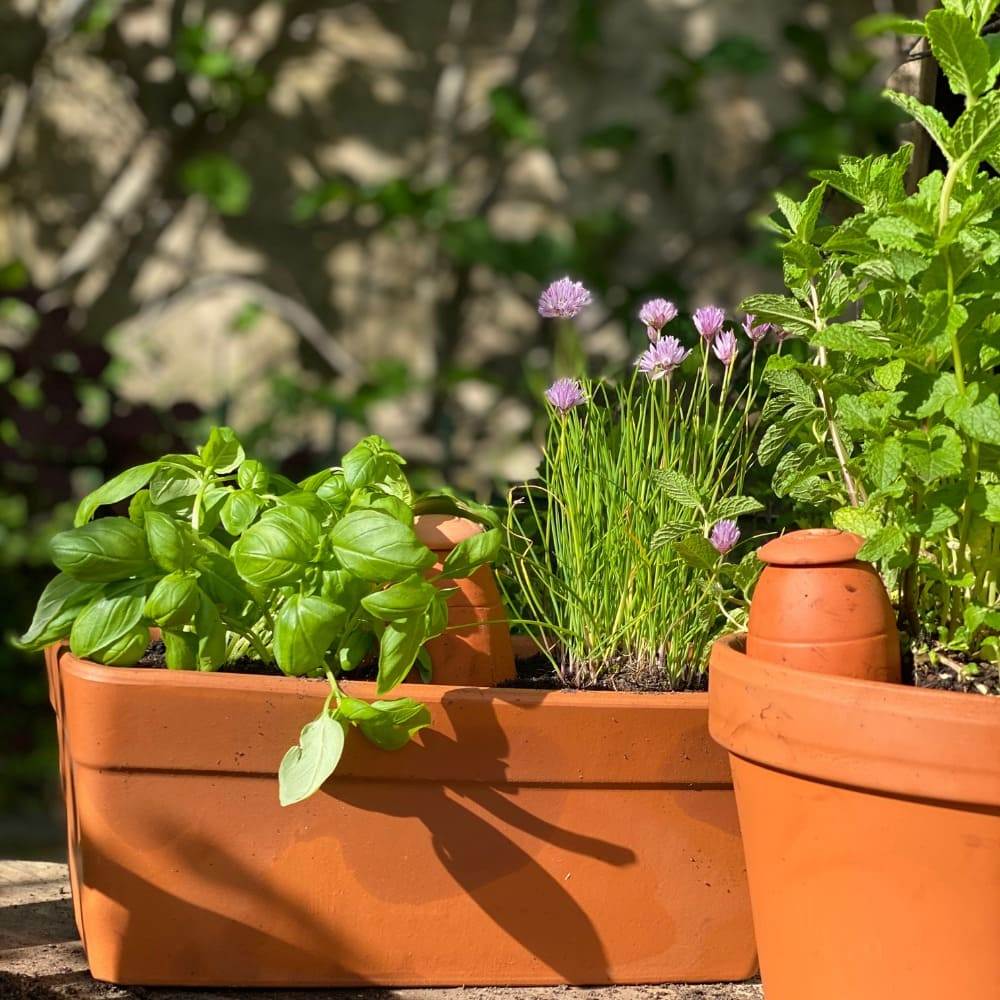
How To Set Up An Olla
1. Choose Your Olla
Select ollas that suit your garden size and needs. Sizes can vary, but a common size is around two gallons.
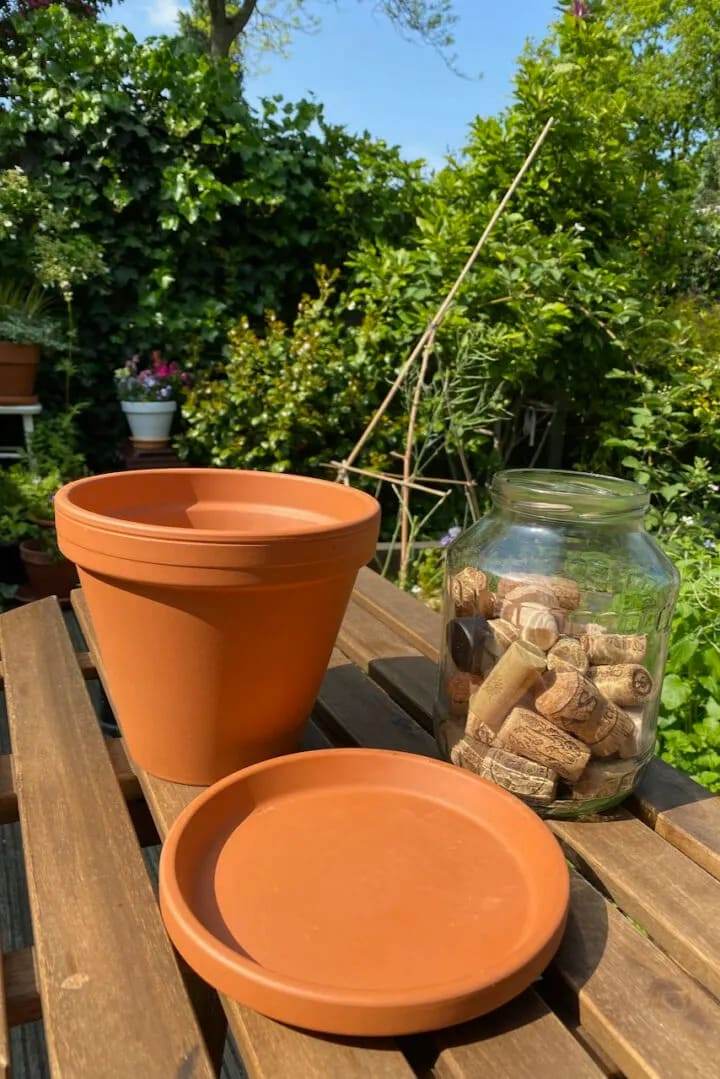
2. Dig a Hole
In your garden bed, dig a hole deep enough to accommodate the olla, leaving the neck exposed. Ensure the olla is positioned near your plants.
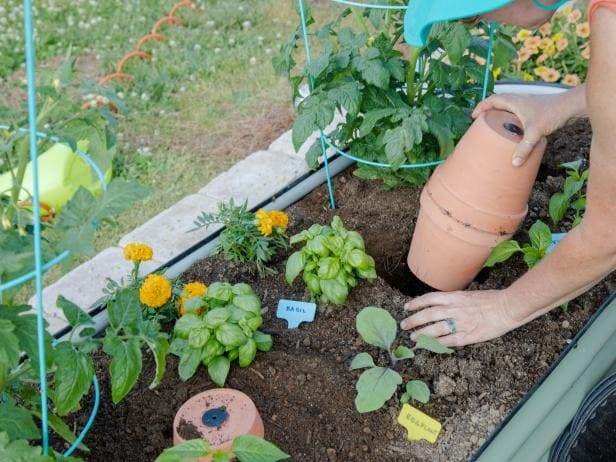
3. Fill the Olla
Before placing it in the hole, fill the olla with water. This helps prime the clay and ensures it won’t draw moisture away from your plants initially.
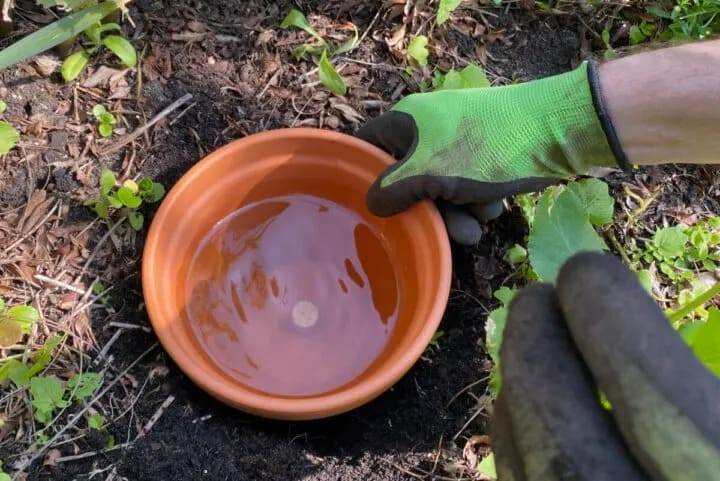
4. Position the Olla
Place the filled olla in the hole and cover it with soil, leaving only the neck exposed. You can even plant directly over it.
5. Monitor And Refill
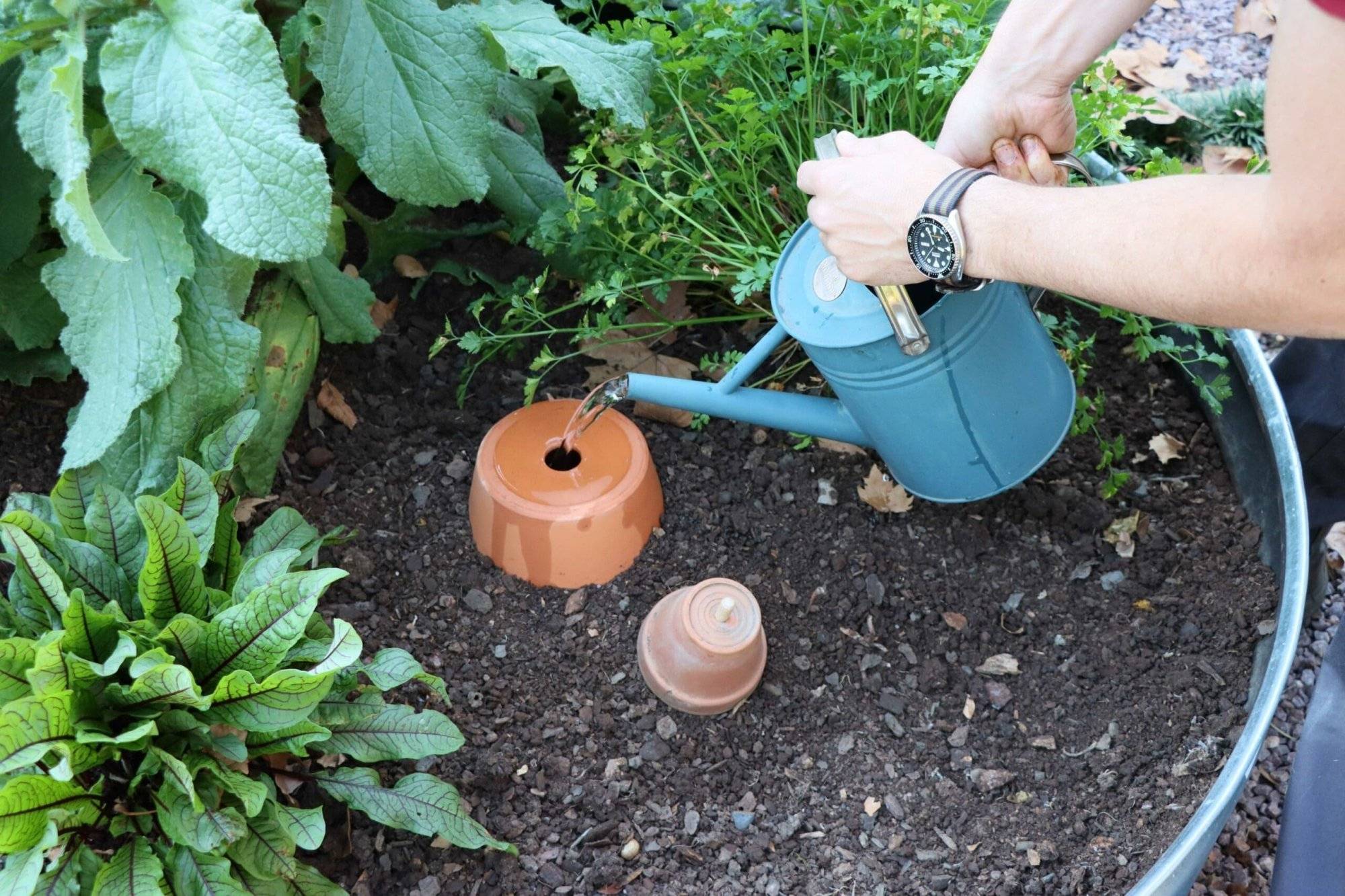
Keep an eye on the water level in your olla. Depending on factors like soil type and weather, you may need to refill it every few days to weeks.
6. Enjoy The Benefits
As the olla releases water directly to your plant’s roots, you can witness your garden becoming healthier and more productive, while approaching a more economical and sustainable gardening method.
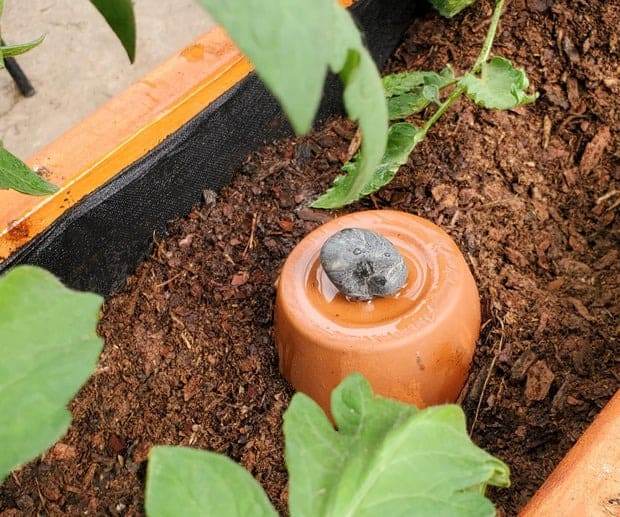
Bonus Tips
1. Type Of Soil
Ollas work well with most soil types, but loamy soil with good water-holding capacity yields the best results.
2. Maintenance
You should periodically check for mineral buildup inside the olla, which can affect water flow. Soaking the olla in a vinegar-water solution can help dissolve these deposits.
3. Use Ollas In Container Gardening
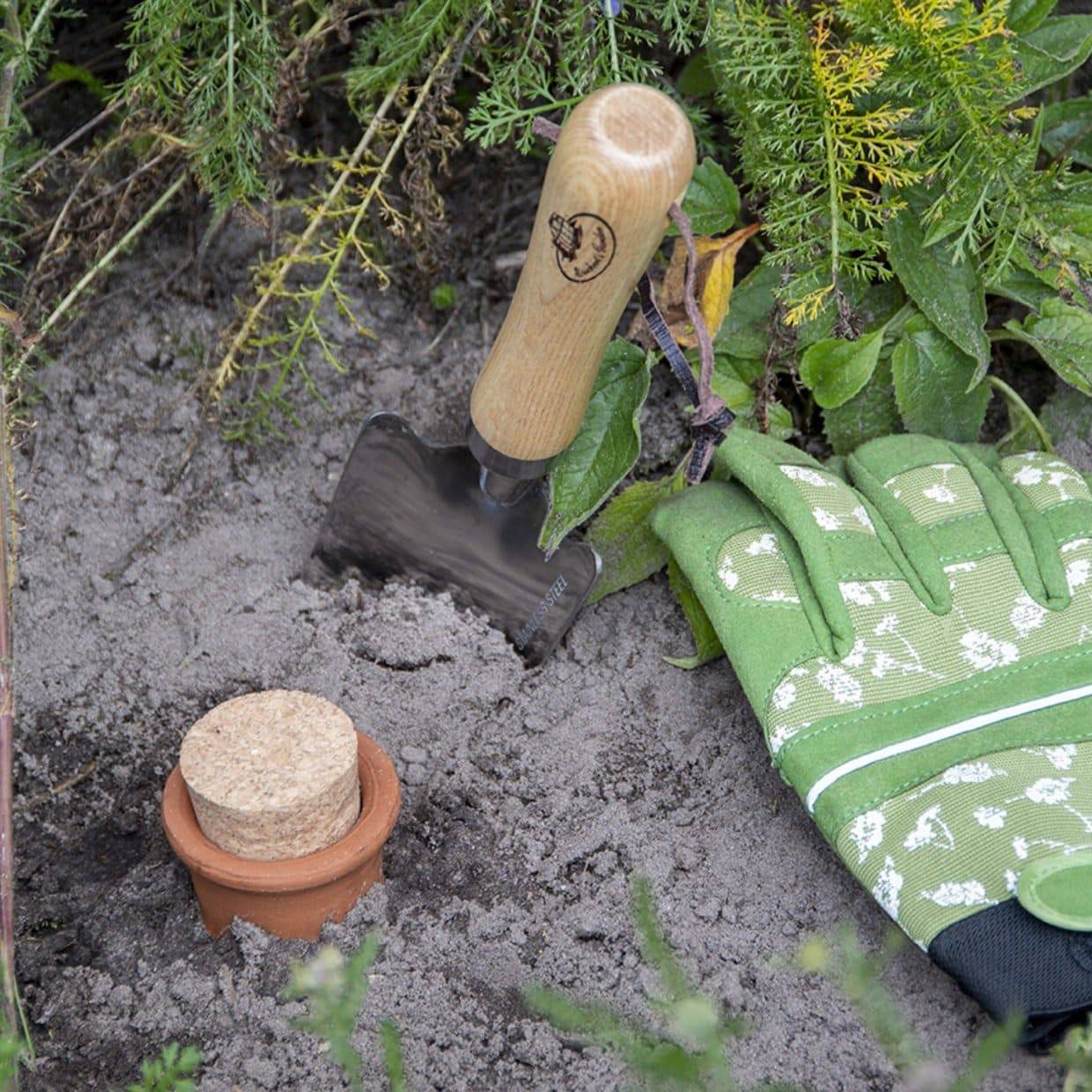
Yes, ollas can be utilized in containers as long as the container is deep enough to accommodate the olla and has appropriate drainage.
4. Signs To Refill The Olla
Watch your plants for signs of water stress, like wilting. Additionally, regularly checking the water level through the exposed neck will help you gauge when a refill is needed.
5. Protect Ollas In Winter
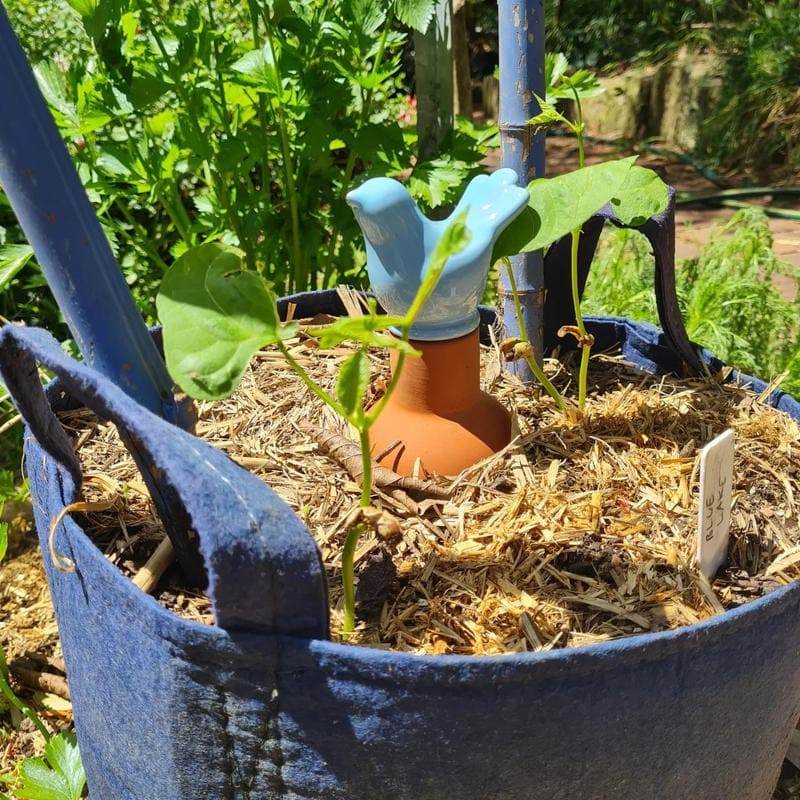
Ollas can be used year-round in climates without severe freezing temperatures. If you experience harsh winters, it’s advisable to remove them from the garden before the frost sets in.
Ollas are evidence of the wisdom of ancient farming practices that stand the test of time. By harnessing the natural properties of clay, they provide an elegant, sustainable solution to watering your garden efficiently while nurturing healthy, thriving plants. So why not incorporate ollas into your gardening routine to reduce water waste, simplify irrigation, and contribute to a more environmentally conscious and productive garden?
